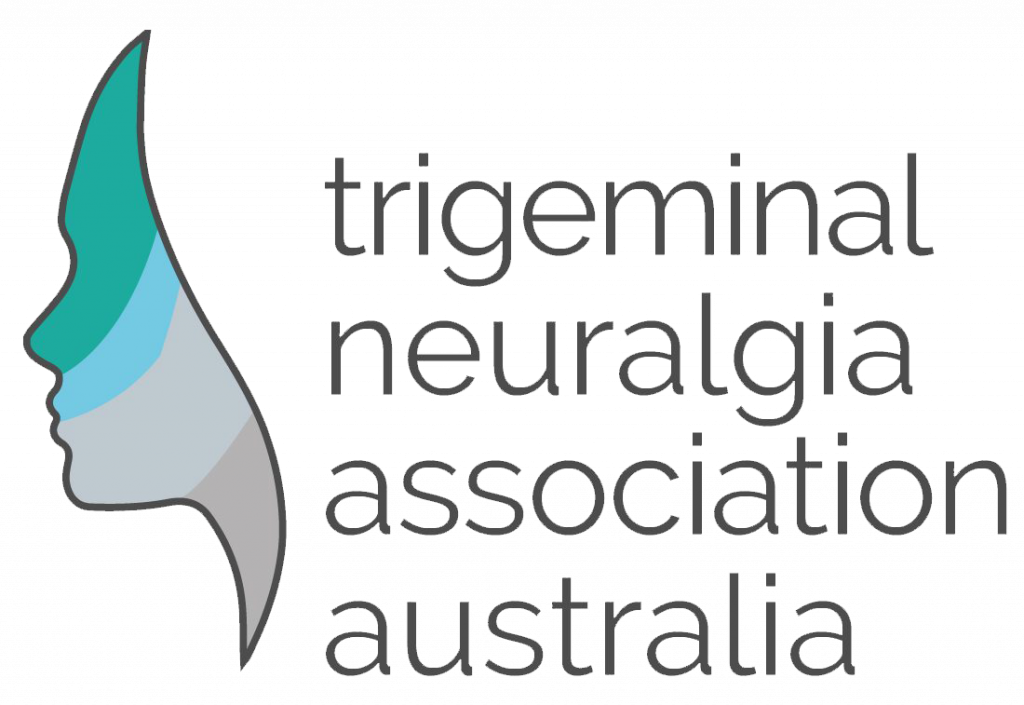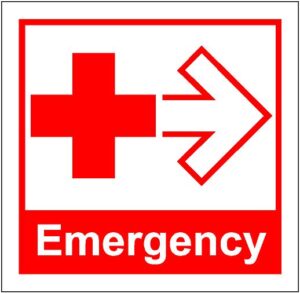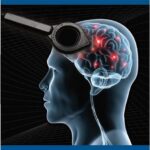This week the Association launched our Emergency Department plastic wallet cards – to assist sufferers with communicating when attending a hospital emergency department with break-through trigeminal neuralgia pain
The following study highlights why this is such an important issue – and very relevant to all of our sufferers
Treatment of acute exacerbations of trigeminal neuralgia in the emergency department: A retrospective case series
- PMID: 36005285
- DOI: 10.1111/head.14373
Abstract
Objective: To evaluate the response to treatment of acute trigeminal neuralgia (TN) exacerbations in the emergency department (ED).
Background: TN is characterized by recurrent and intense pain paroxysms. Some patients experience severe acute exacerbations requiring ED presentation. The optimal management of these episodes is not well established.
Methods: We present a case series of TN exacerbations in adults who presented to the ED of a tertiary centre from January 2008 to December 2020. We analysed demographic and clinical data, including pharmacological management in the ED. The primary outcome was pain relief, classified into “no relief,” “partial relief,” and “satisfactory relief” based on the qualitative description in the ED’s records.
Results: Ultimately 197 crisis episodes corresponding to 140 patients were included. Most were women (61%, 121/197) with a median age of 63 years (interquartile range: 52-73). Acute TN exacerbations were treated with opioids in 78% (108/139) of crisis episodes, nonsteroidal anti-inflammatory drugs in 42% (58/139), corticosteroids in 21% (29/139), intravenous phenytoin in 18% (25/139), and intravenous lidocaine in 6% (8/139). Of the 108 cases treated with opioids, 78 (72%) required additional drugs for pain management. Intravenous phenytoin allowed satisfactory pain relief in 64% of cases.
Conclusion: In our sample, opioids were the most used therapeutic approach in acute TN exacerbations despite their low efficacy and subsequent need for further drug treatment in most cases. Most crisis episodes managed with intravenous phenytoin reached total pain relief. Prospective studies are needed to guide the treatment of acute exacerbations of TN.
Keywords: emergency department; exacerbation; lidocaine; opioids; phenytoin; trigeminal neuralgia.
© 2022 American Headache Society.
Similar articles
Trigeminal Neuralgia Crisis – Intravenous Phenytoin as Acute Rescue Treatment.
Headache. 2020 Nov;60(10):2247-2253. doi: 10.1111/head.13963. Epub 2020 Sep 27.PMID: 32981076Cervical Spinal Cord Stimulation for Trigeminal Neuralgia: a Narrative Review.
Curr Pain Headache Rep. 2022 Aug;26(8):639-645. doi: 10.1007/s11916-022-01066-2. Epub 2022 Jun 18.PMID: 35716273 Review.European Academy of Neurology guideline on trigeminal neuralgia.
Eur J Neurol. 2019 Jun;26(6):831-849. doi: 10.1111/ene.13950. Epub 2019 Apr 8.PMID: 30860637Pharmacotherapy of trigeminal neuralgia.
Clin J Pain. 2002 Jan-Feb;18(1):22-7. doi: 10.1097/00002508-200201000-00004.PMID: 11803299 Review.References
REFERENCES
- Melek LN, Devine M, Renton T. The psychosocial impact of orofacial pain in trigeminal neuralgia patients: a systematic review. Int J Oral Maxillofac Surg. 2018;47(7):869-878.
- van Hecke O, Austin SK, Khan RA, Smith BH, Torrance N. Neuropathic pain in the general population: a systematic review of epidemiological studies. Pain. 2014;155(4):654-662.
- Zakrzewska JM, Wu J, Mon-Williams M, Phillips N, Pavitt SH. Evaluating the impact of trigeminal neuralgia. Pain. 2017;158(6):1166-1174.
- Headache Classification Committee of the International Headache Society (IHS). The International Classification of Headache Disorders, 3rd edition. 2018;38(1):1-211.
- Lambru G, Zakrzewska J, Matharu M. Trigeminal neuralgia: a practical guide. Pract Neurol. 2021;21(5):392-402.





